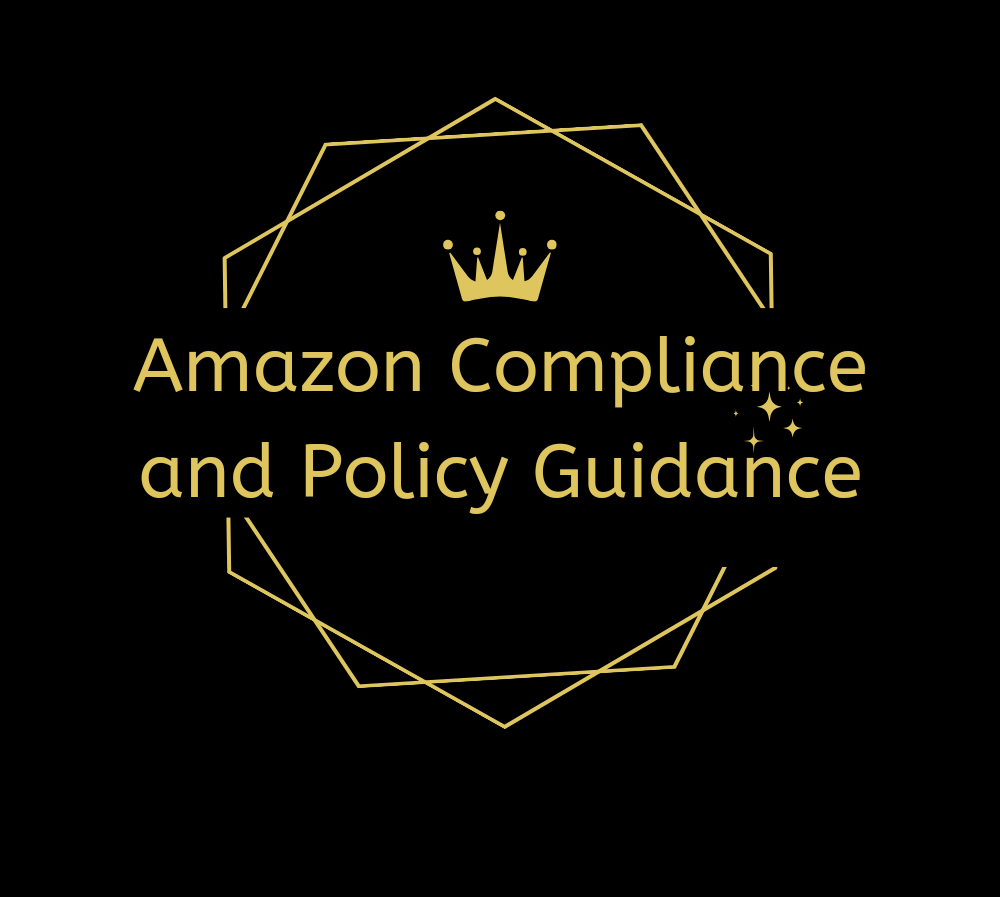Amazon Compliance and Policy Guidance
Introduction
As one of the largest e-commerce platforms in the world, Amazon has established a complex framework of compliance and policy guidelines that sellers must navigate to operate effectively. These regulations not only ensure a safe and reliable marketplace for consumers but also help maintain fair competition among sellers. Understanding Amazon’s compliance requirements is crucial for any business looking to thrive on the platform.
Understanding Amazon’s Compliance Framework
Amazon’s compliance framework is designed to address various legal, regulatory, and operational requirements. It encompasses policies related to product listings, customer service, data protection, intellectual property, and advertising practices. Sellers must familiarize themselves with these guidelines to avoid penalties, including account suspension or termination.
Key Areas of Compliance
- Product Listings and Authenticity
Accurate Descriptions: Sellers must ensure that product descriptions are accurate and do not mislead customers. This includes specifications, images, and pricing.
Prohibited Items: Certain products are prohibited on Amazon, including counterfeit items, hazardous materials, and items that violate intellectual property rights.
- Intellectual Property Rights
Sellers are responsible for ensuring that their listings do not infringe on the intellectual property rights of others. This includes trademarks, copyrights, and patents. Amazon has a proactive approach in protecting intellectual property and has implemented programs like the Brand Registry to help brand owners protect their products.
- Customer Service Standards
Amazon emphasizes high standards of customer service. Sellers must respond to customer inquiries promptly and handle returns and refunds in accordance with Amazon’s policies. Maintaining a high customer satisfaction rating is crucial for account health.
- Product Safety and Compliance
Sellers must ensure that their products meet all applicable safety standards. This includes compliance with regulations set forth by organizations such as the Consumer Product Safety Commission (CPSC) in the U.S. and similar entities in other countries.
- Data Protection and Privacy
Compliance with data protection laws, such as the General Data Protection Regulation (GDPR) in Europe, is vital. Sellers must handle customer data responsibly and ensure that any personal information is processed securely.
- Advertising Policies
Sellers must adhere to Amazon’s advertising policies when promoting their products. This includes restrictions on misleading claims and the use of certain language. Advertisements should accurately reflect the product being sold.
Navigating Compliance Challenges
Operating within Amazon’s compliance framework can present several challenges for sellers. Here are some common issues and strategies for navigating them:
Common Compliance Issues
- Inaccurate Listings
Mistakes in product descriptions or specifications can lead to customer dissatisfaction and potential penalties. Sellers should regularly audit their listings for accuracy.
- Intellectual Property Disputes
Sellers may face claims of infringement even if they believe they are in compliance. It’s crucial to conduct thorough research before listing products, especially branded items.
- Failure to Meet Customer Expectations
Poor customer service can lead to negative feedback, impacting seller ratings and visibility. Implementing robust customer service protocols can mitigate this risk.
- Changes in Regulations
Compliance requirements can change frequently. Staying updated on Amazon’s policy changes and industry regulations is essential. Regular training and resource allocation for compliance can help sellers adapt.
Strategies for Compliance
- Educate Yourself and Your Team
Understanding Amazon’s policies and guidelines is the first step toward compliance. Sellers should invest in training for their teams to ensure everyone is aware of the requirements.
- Use Compliance Tools
There are various software solutions available that can help sellers manage compliance. These tools can assist in monitoring product listings, managing customer interactions, and ensuring adherence to advertising standards.
- Develop a Compliance Checklist
A compliance checklist tailored to Amazon’s requirements can help sellers keep track of necessary actions. This checklist should be regularly updated to reflect any changes in Amazon’s policies.
- Regularly Review Performance Metrics
Monitoring performance metrics such as customer feedback, order defect rate, and return rate can provide insights into compliance issues. Addressing negative trends proactively can prevent escalation.
- Engage with Amazon Support
Amazon provides support resources for sellers. Utilizing these resources can help clarify compliance questions and provide guidance on best practices.
The Role of Amazon’s Seller Performance Team
Amazon’s Seller Performance Team plays a critical role in monitoring compliance among sellers. This team assesses seller accounts based on several performance metrics, including:
Order Defect Rate: A measure of the percentage of orders that receive negative feedback or result in returns.
Cancellation Rate: A high cancellation rate can indicate issues with inventory management or inaccurate listings.
Late Shipment Rate: Timely delivery is essential for maintaining customer satisfaction.
Sellers should aim to maintain metrics within Amazon’s recommended thresholds to avoid penalties.
Consequences of Non-Compliance
Failing to comply with Amazon’s policies can lead to severe consequences. These can include:
Account Suspension: Amazon may suspend a seller’s account for serious violations, making it impossible to conduct business on the platform.
Loss of Selling Privileges: Sellers can lose the ability to sell specific categories of products or face restrictions on advertising.
Legal Action: In severe cases, non-compliance can lead to legal action from third parties, particularly regarding intellectual property infringement.
Conclusion
Navigating Amazon’s compliance and policy guidelines is essential for sellers who want to succeed on the platform. By understanding the various compliance areas and proactively addressing potential challenges, sellers can create a robust framework that supports their business goals. Staying informed about policy changes, investing in training, and utilizing available resources will not only help mitigate risks but also enhance overall performance in the Amazon marketplace. Ultimately, compliance is not just about avoiding penalties; it’s about building a trustworthy business that can thrive in a competitive environment.






